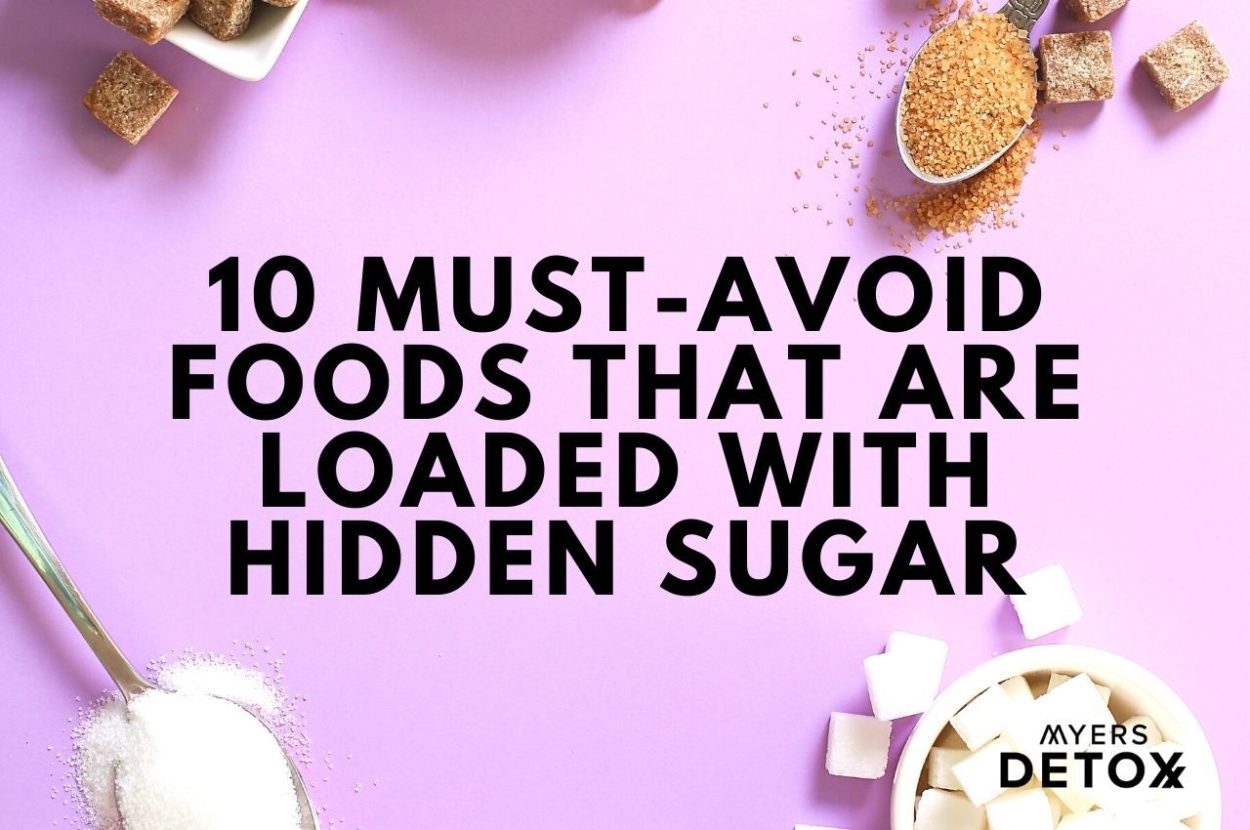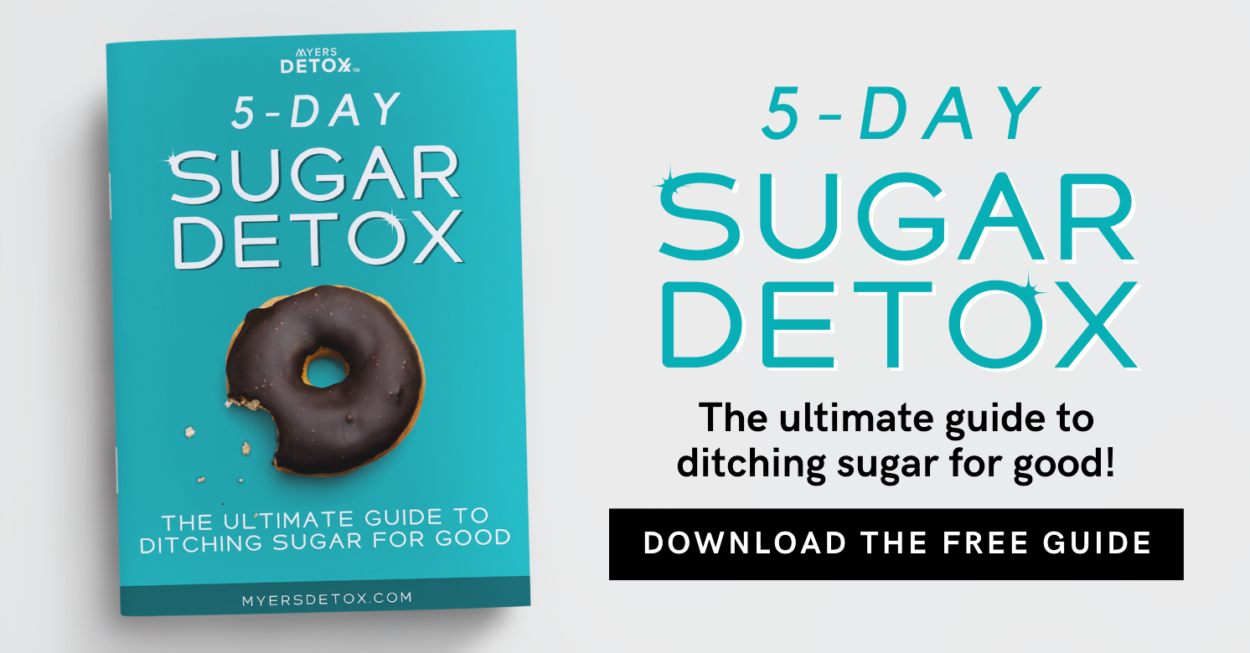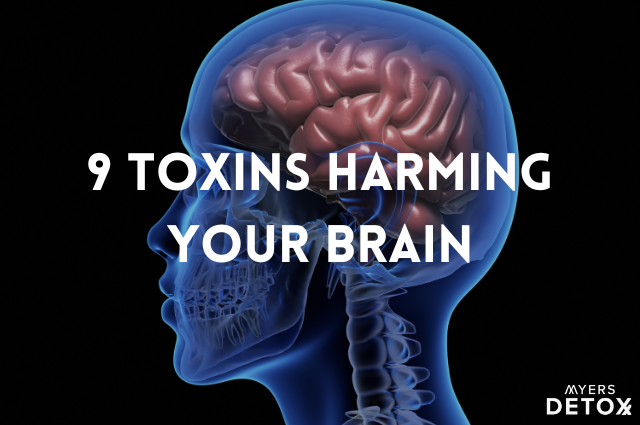Are you consuming foods packed with hidden sugar?
In the last ten years or so, sugar consumption in the United States has slowly begun to decrease. With that being said, reports show that the US population still consumes more than 300% of the recommended daily amount of added sugar — that’s pretty devastating[1].
So, where is all this sugar coming from? While most people have cut down on adding sugar to their own beverages and meals, there are hidden sources of sugar everywhere in our food supply.
Believe it or not, data from the National Health and Nutrition Examination Survey shows that About 75% of all foods and beverages contain added sugar in a large array of forms[2].
In this article, you’ll learn:
- The devastating toll that sugar is having on your health
- The shocking “health” food items that are packed with hidden sugar
- How the addictive nature of sugar can be likened to drugs like cocaine
- The sugar substitutes that you should have on hand
How Sugar Is Sabotaging Your Health
Back in the 1700s, Americans consumed about 4 lbs of sugar per person each year; by the 1800s, that number had risen to 20lbs, and by the end of the 20th century, it was 120 lbs. The devastating toll that this rise in sugar consumption has taken on our health has been a silent killer for years, as we are just now starting to turn things around[2].
Some of the most significant ways that sugar is sabotaging your health include:
#1 Habit-Forming And Puts You On A Sugar Roller Coaster
One of the most immediate effects of consuming too much sugar is the blood sugar roller coaster that ensues due to the highly absorbable nature of simple sugars.
When you eat sugar, it raises your blood glucose levels, giving you a “sugar high.” However, what goes up must come down, and the inevitable blood sugar crash can leave you feeling drained, foggy, and lethargic.
What happens next? Your start to crave more sugar.
This roller coaster is not unlike what happens to a cocaine addict when they’re using. In fact, the addictive effects of sugar have been compared to cocaine, with some sources indicating that sugar may be even more addictive[3][4].
While it may seem like a stretch to compare sugar to a schedule II substance, they actually have more in common than you might think.
Specifically, they both act on the dopamine pathways in your brain, which creates reward-seeking behavior, habits, and addictions[4][5].
#2 Promotes Inflammation
The association between sugar consumption and inflammation has been the subject of a wide range of studies. Research shows that sugar consumption, especially from sugar-sweetened beverages like soda, is positively associated with inflammatory markers like C-reactive protein[6][7].
C-reactive protein is a compound that increases in the blood as inflammation increases in your cells and tissues.
What makes inflammation particularly concerning is not simply the inflammatory process itself but its impact on the pathology of various health conditions. In fact, some experts believe that inflammation is at the root of all chronic diseases[8][9].
#3 Increases Your Risk For Diabetes and Heart Disease
Research shows that sugar intake is strongly associated with the onset of metabolic syndrome, a cluster of conditions including high blood sugar, high blood pressure, obesity, and irregular blood lipids. The more metabolic factors you have, the higher your risk for heart disease, diabetes, and stroke[10].
Although the Western diet, in general, is known to be the number one underlying cause of metabolic syndrome, sugar is a cornerstone of the Western diet, and likely plays a significant role in the metabolic dysfunction that leads to diseases like cardiovascular disease and diabetes.
As previously mentioned, sugar intake is positively associated with inflammation, and inflammation is at the root of both of these diseases[9].
Furthermore, studies have found that sugar consumption is inversely related to HDL cholesterol (the good kind) and increased levels of plasma triglycerides — two factors that may contribute to heart disease[11].
#4 May Instigate The Onset Of Intestinal Permeability
Research shows that when you consume high levels of sugar, it increases your risk for intestinal permeability. This condition, also referred to as “leaky gut,” occurs when there is inflammation in your intestinal barrier, and the tight junctions that hold the cells of your gut lining together become loose.
As a result, proteins and other partially-broken down molecules are allowed to enter into your circulation that would typically require further processing.
Leaky gut has also been correlated with a range of health conditions, including type 2 diabetes, Crohn’s disease, celiac disease, multiple sclerosis, and irritable bowel syndrome[12].
#5 Increases Your Risk For Obesity
Along with inflammation, obesity is one of the primary underlying factors in many chronic diseases. Although diet usually takes the blame, other factors such as genetics, activity, metabolism, and lifestyle choices all play a role.
With that being said, there is an overwhelming amount of research that positively links sugar consumption with obesity. From a metabolic standpoint, it makes sense. When you consume sugar in excess, your cells have no choice but to store what is not immediately used. Over time, once your glucose stores are full, that excess sugar is sent to your fat stores. If you aren’t actively burning off that fat every day, it will accumulate[1].
And to make matters worse, overconsumption of sugar puts you on a blood sugar roller coaster with cravings that make it almost impossible to put down your fork. Over time, this cycle can lead to dysfunction in your satiety hormone and metabolic pathways, leaving you overweight, tired, and sick[13][3].
10 Foods Loaded With Hidden Sugar
As our food supply has become increasingly riddled with hidden sugar, you can now find this toxic compound hiding in plain sight in almost every type of food. Below are ten common foods that include hidden sugars that could be slowly causing harm to your health.
#1 Protein Bars
You may turn to protein bars as a quick and efficient way to get a protein-rich snack in between meals or when you’re on-the-go. While there are a handful of protein bars out there that are made with clean ingredients, the vast majority of them are loaded with added sugars.
Most protein bars, in reality, are closer to glorified candy bars than a health food.
When looking for low-sugar protein bars, first check the nutrition label; if you see more than five to seven grams of sugar per serving — put it down. You should also check the ingredient list, along with hidden sources of sugar; many protein bars contain low-quality ingredients and preservatives. The rule of thumb: if you can’t pronounce it, don’t eat it.
#2 Sauces
Sauces are one of the sneakiest forms of hidden sugars. These condiments that often go unscrutinized are actually one of the most sugar-laden foods out there.
Ketchup, BBQ sauce, pasta sauce, marinades, and so on are all used to add flavor to your meals, but one serving of these sauces can add up to 20 grams of sugar or more.
As awareness around sugar grows and diets like the paleo diet and ketogenic diet gain popularity, many brands are coming out with low sugar sauces that you can choose from. However, when buying sauces, always veer on the side of caution and never assume that they’re low sugar — always check labels.
Alternatively, you can make your own sauces at home by using oils and fresh ingredients. Although they may not last as long as bottled options, they will likely taste fresher, and you can feel good knowing that your hand picked ingredients are clean.
#3 Flavored Yogurt
If you’re a yogurt fan, beware — most of the flavored yogurts on the shelves are packed with sugar. Even if these products claim that they’re sweetened with fruit, most of the time, that fruit comes packed in a sugary jam.
Yogurt can make a great breakfast option or snack, but always be sure to purchase unflavored yogurt and sweeten it yourself with fresh berries or a little maple syrup.
#4 Fruit Juice
Fruit juice gets a health halo in most circles, but in reality, it’s often just another trojan horse full of sugar. While it’s true that fruit is packed with nutrients and fiber, when you drink fruit juice, you often lose the fiber and concentrate the sugar. One cup of fruit juice contains an entire day’s worth of sugar — around 20 to 30 grams.
Instead of fruit juice, enjoy consuming your fruit whole. This way, you’ll get all the benefits of the fiber along with the nutrients that come from the fruit peel. Looking for a healthy beverage? You can add fruit to your water to give it a little flavor.
One exception I personally make for this is apple and grape juice. There are incredibly good for the liver. Fresh apple juice is full of malic acid. But if you’re diabetic or trying to lose weight, you may want to skip this healthy treat in lieu of sugar free drinks.
#5 Salad Dressing
Many people are surprised to learn how much sugar is in most salad dressing. It seems like such a shame, you put together a salad full of fresh vegetables and healthy sources of protein — and then you smother it with sugar.
The sugar content of salad dressings can vary widely, with most commercial brands containing somewhere between seven to ten grams per serving. Remember, however, that one serving of dressing is usually two tablespoons when in reality, most people use closer to four tablespoons or more. This could result in up to 20 grams of sugar or more being poured all over your thoughtfully crafted salad.
Luckily, as is true with sauces, there are several brands that are making an effort to reduce the sugar content of their products. You can now find low-sugar varieties of many of your favorite salad dressings on the market. One word of caution: some brands use toxic sugar-alternatives like sucralose and aspartame to replace their sugar — avoid these like the plague as research suggests that they are potential neurotoxins[14][15].
#6 Bread
This one surprises most people — why would bread contain hidden sugar? Sure, cakes, cookies, and pasties are packed with the stuff, but bread doesn’t require added sugar, right?
While it’s possible to find bread that’s made without any added sugar, the truth is that most bread you’ll find on your grocer’s shelves contains at least some sugar, with many brands loading up to around one teaspoon of sugar per slice, or three to four grams.
In general, bread tends to be a lower nutrient-density food. My recommendation is to skip the bread altogether and instead opt for gluten-free whole grains like rice, quinoa, or millet.
#7 Nut Butter
Nut butter is another sneaky source of sugar that most people overlook. Most brands come with around four to five grams of sugar per serving, with a serving size of two tablespoons. Again, it is unlikely that when you eat nut butter, you’re only consuming two tablespoons at a time (unless you use those little pre-portioned packets).
Fortunately, many brands have come out with sugar-free nut butter options where the ingredient list is as simple as something like; “almonds, sea salt.”
In addition to sugar, many brands add all types of oils and preservatives to their nut butter, so this is one item that deserves a thorough label investigation before you add it to your shopping cart.
#8 Breakfast Cereal
By now, it’s no surprise that many brands of kids’ breakfast cereals come packed with sugar. Cap N’ Crunch, for instance, has 12 grams of sugar in just ¾ cup. While that may not sound too bad, keep in mind that it’s very rare that a child will eat only ¾ cup of cereal. It’s often twice that or more — which nets out to 24 grams of sugar or more.
While you may think that choosing a “healthier” cereal will provide less sugar, the truth is that many types of organic “health food” cereals marketed to adults contain just as much, if not more, sugar than kids’ cereals.
The workaround here is to either choose unflavored oatmeal or scrutinize the back of your cereal boxes for added sugars. There are some brands out there that keep sugars low; you just need to take the time to assess your nutrition labels.
#9 Iced Coffee and Tea
When you order your favorite coffee drink, you may not be registering the amount of sweetener they’re adding. Many people go on autopilot when it comes to beverages, treating them as if they get a pass in regards to nutrition. Unfortunately, many of the tastiest coffee drinks out there are brimming with added sugars.
The same is true for iced tea. It may seem like a smart option to order iced tea instead of soda at lunch, but the reality is that many ice teas come pre-sweetened with comparable amounts of sugar to the soda you’re avoiding.
Many restaurants will offer an unsweetened iced tea option, so always ask if you can have your tea without sweetener. The same is true for coffee shops. If you can’t give up that sweet taste in your beverage, then bring along some monk fruit or stevia packets so you can sweeten your drinks with healthy zero-calorie options.
#10 Jerky
Jerky, including beef jerky, salmon jerky, turkey jerky, and any other variety you can find, is a go-to protein snack for many people. Although jerky does offer a significant amount of protein, most recipes include a hefty amount of sugar as well. Even if they’re sweetened with molasses or honey, the sugar count can quickly add up with some brands, including 6 grams of sugar in just one ounce.
Luckily, jerky happens to be a favorite among keto dieters, which has led several companies to create sugar-free beef jerky options. You can now find these online and in many health stores.
3 Excellent Sugar Alternatives
There is a whole world of sugar alternatives out there, but three that I recommend are monk fruit, stevia, and erythritol. These three have the most research backing them and have been around for a while. You can use either of these sweeteners to replace sugar in your baked goods, beverages, sauces, and dressings.
Monk Fruit
Monk fruit comes from Southeast Asia and has been used for hundreds of years, originally by Buddhist monks (hence its name). It has known antioxidant properties and also helps to stabilize blood sugar. You can find monk fruit as a powder, syrup, or liquid[16]. Monk fruit is also marketed under the name Lakanto.
Stevia
This is my favorite! The stevia plant has been used for over 1500 years, and originally comes from South America where it was known as “the sweet herb.” Much like monk fruit, stevia boasts antioxidant and blood sugar-regulating properties and has been studied for its positive impact on people with diabetes[17].
I prefer the liquid stevia to the powdered form. The liquid has less of a bitter taste. Be sure to get organic stevia.
Erythritol
Erythritol is a sugar alcohol, which means that your intestines won’t absorb it. Since sugar alcohols avoid absorption in the small intestine, many people find that they cause gas or bloating when they reach the colon. However, erythritol doesn’t seem to have this effect, making it an excellent option if you have a sensitive digestive tract.
One note: erythritol can leave a cool feeling in the mouth, so it works great for mint-flavored desserts but may not be the best choice for fruity desserts or beverages.
Takeaway
By far, sugar is one of the most destructive food items we have on the market. Many chronic diseases can be linked back to the harmful effects of sugar, and as it stands, this ingredient is still included ubiquitously in our food supply.
While many food manufacturers are beginning to create alternative options that are lower in sugar, it’s up to you to advocate for yourself and your family by checking labels and staying on top of your sugar intake – including watching foods that are packed with hidden sugar!
Arm yourself with knowledge, awareness, and health-promoting sugar alternatives like stevia, monk fruit, and erythritol.











